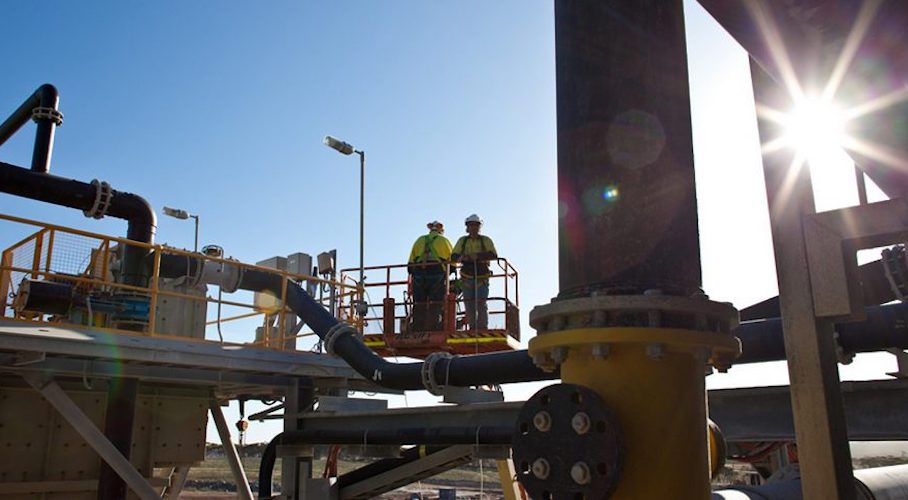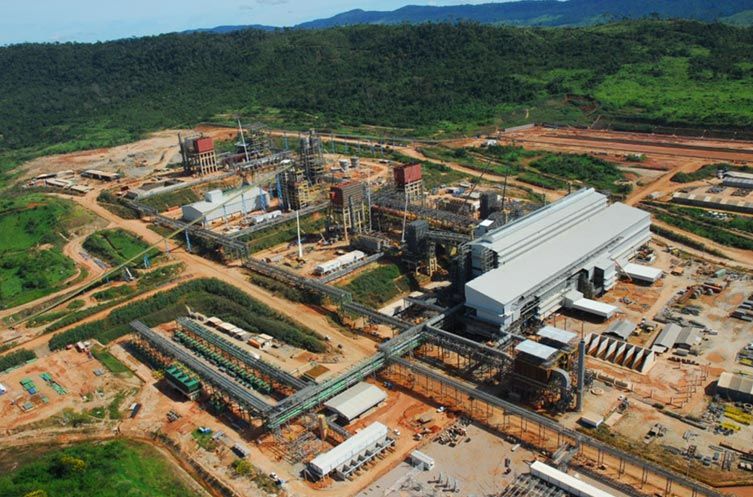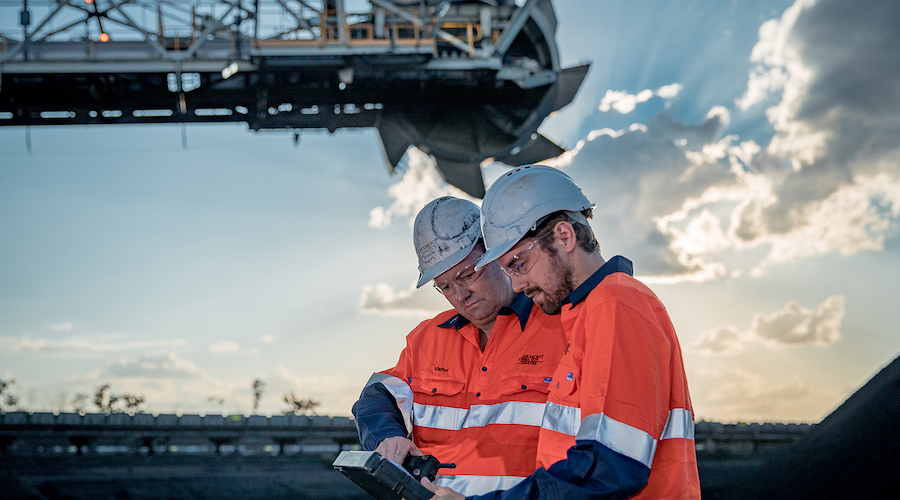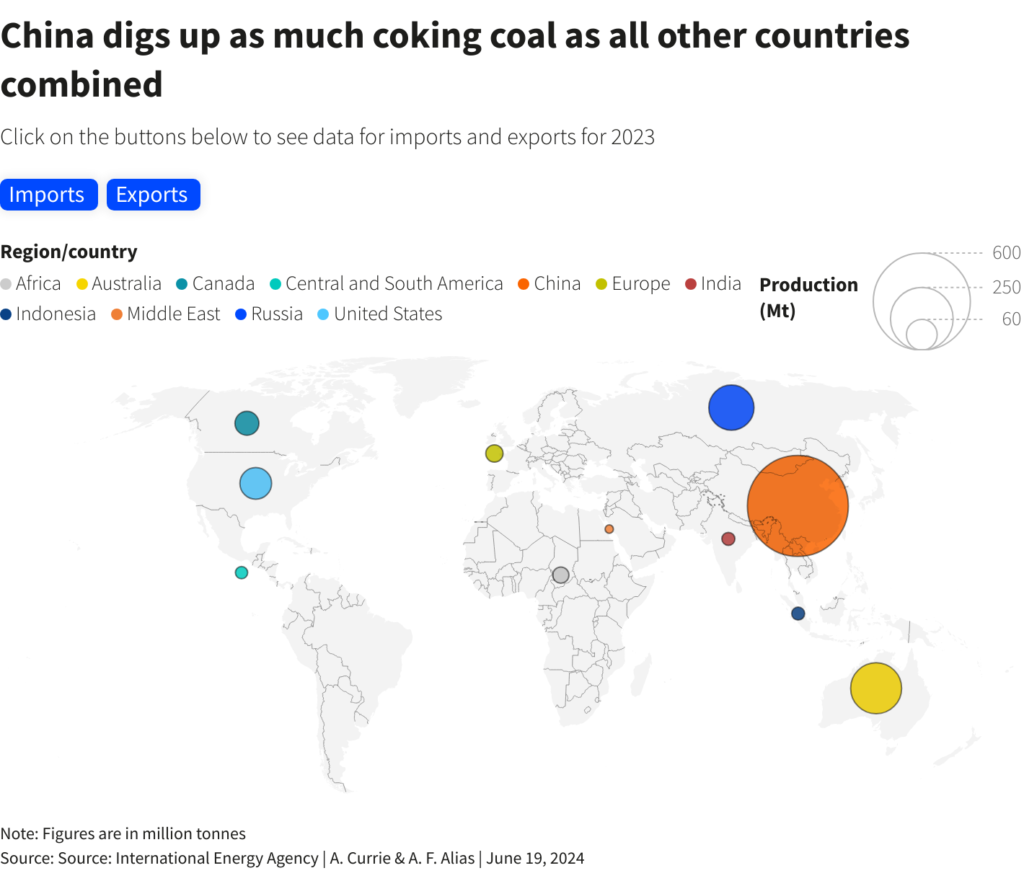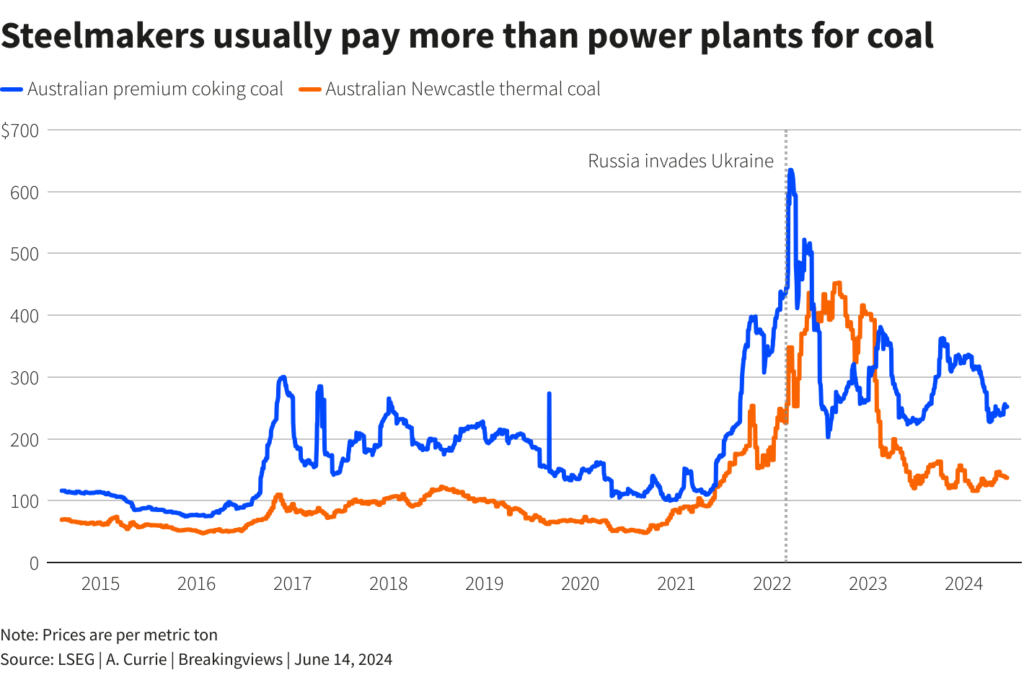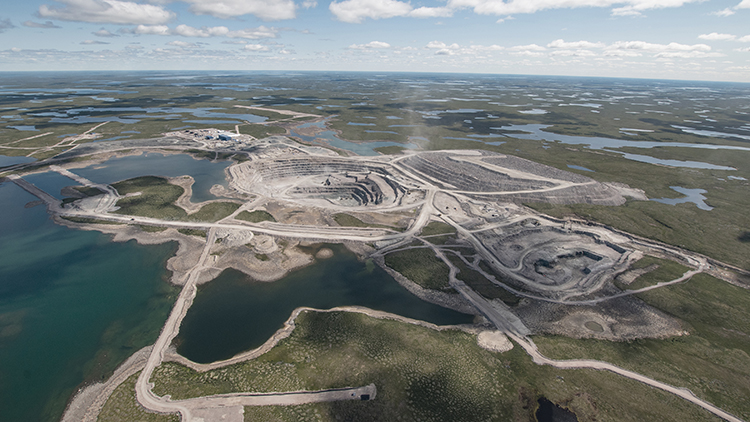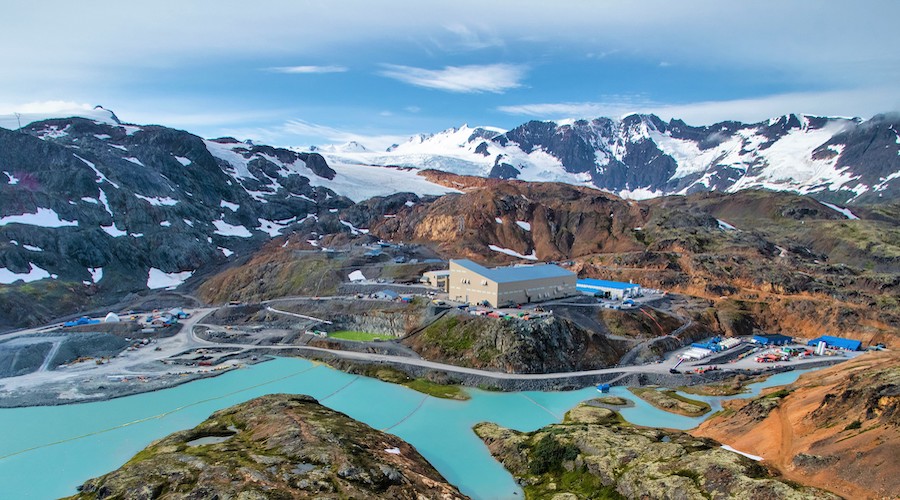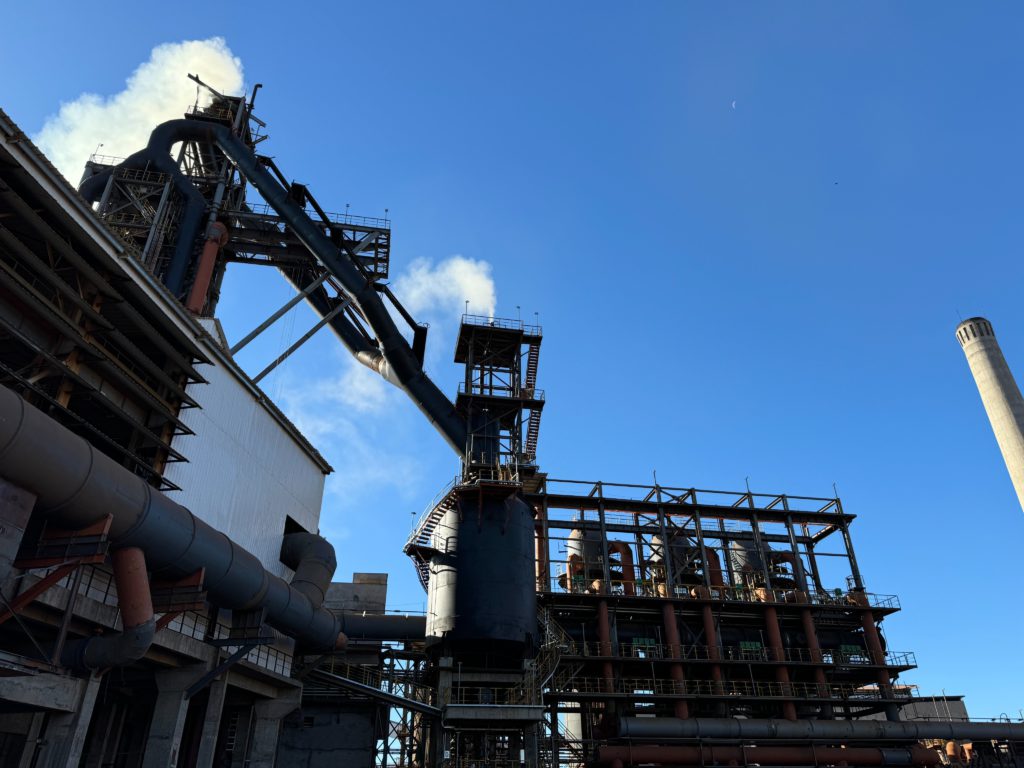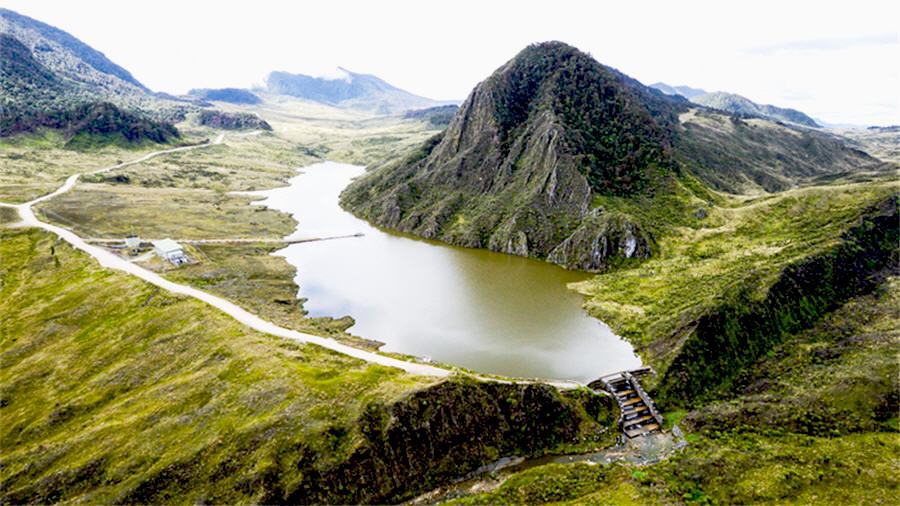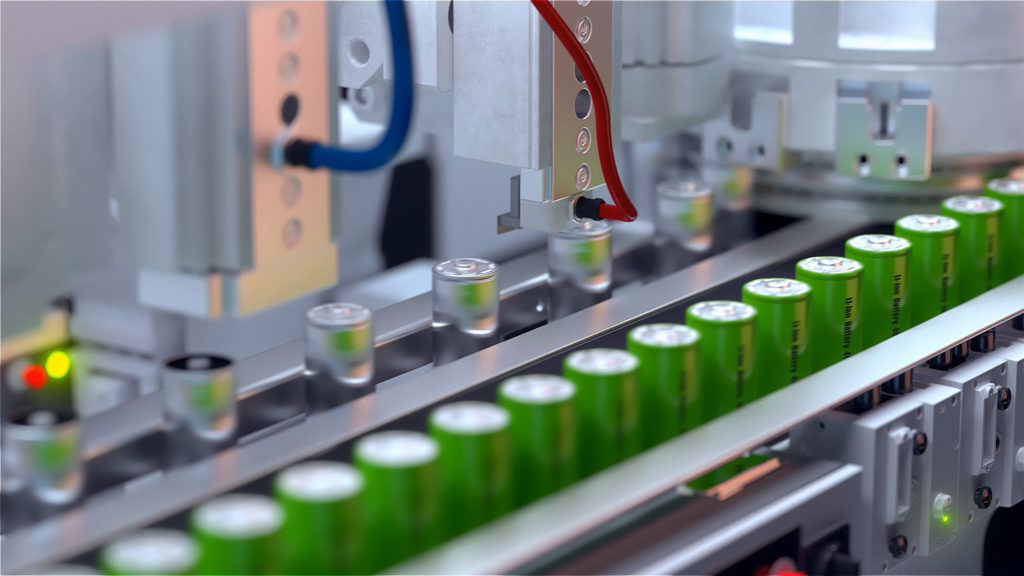By Mining.com Staff June 20, 2024
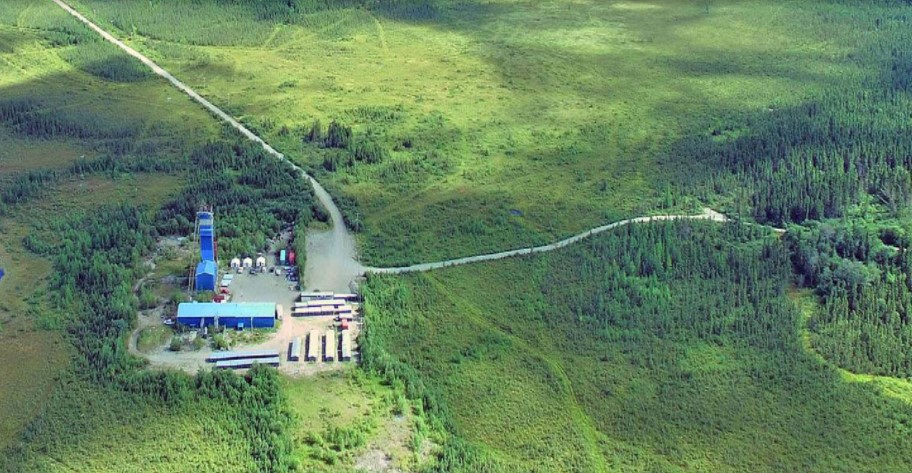
The Douay gold project is a 50:50 joint venture of Maple Gold and Agnico Eagle.
Maple Gold Mines (TSXV: MGM) (OTCQB: MGMLF) has consolidated ownership of the Douay and Joutel gold projects in Quebec after restructuring its 50:50 joint venture with Agnico Eagle Mines (TSX: AEM; NYSE: AEM).
On Thursday, the parties agreed to mutually terminate the JV, first established in 2021, and transfer the legal title to the properties to Maple. In return, Agnico will retain a 1% net smelter return royalty on the JV assets.
The Canadian gold producer will also have the option to buy a 50% interest in the properties if Maple decides to develop a mine complex that is supported by a pre-feasibility or feasibility study demonstrating a $300 million net present value of the projects.
Should Agnico exercise that option, it will be required to make a cash payment equal to the sum of 200% of the amount of specified expenditures incurred by Maple in respect of the projects, plus an additional $12 million.
In the event that construction of the project is suspended, Agnico also has the option to buy 50% of the assets upon its restart for a similar payment structure amount plus half of the project expenditures incurred following the date of the construction decision until the date of option exercise.
Maple Gold's CEO Kiran Patankar calls the JV restructuring a "transformative, value-unlocking transaction" that resulted from teamwork between the companies, and it represents a "win-win for both parties" for the continued advancement of the two projects.
To fund its work on the project, Maple has also announced a flow-through share offering priced at $0.12 each for gross proceeds north of $4 million. At market open, the stock traded at $0.06, giving the gold explorer a market capitalization of $20.5 million.
Douay is a district-scale 357 km2 property with an established mineral resource of 10 million tonnes grading 1.59 g/t gold for 511,000 contained ounces in the indicated category and 76.7 million tonnes grading 1.02 g/t gold for 2.5 million contained ounces in the inferred category.
The Joutel project located south of the Douay property is host to Agnico’s past-producing mine complex, with total historical gold production of 1.1 million oz. at an average grade of 6.5 g/t gold from 1974 to 1993,
Both projects are situated along the Casa Berardi-Douay gold trend in Quebec, a structure within the prolific Abitibi greenstone belt that is known to host world-class gold deposits such as Beatty and the Canadian Malartic.

